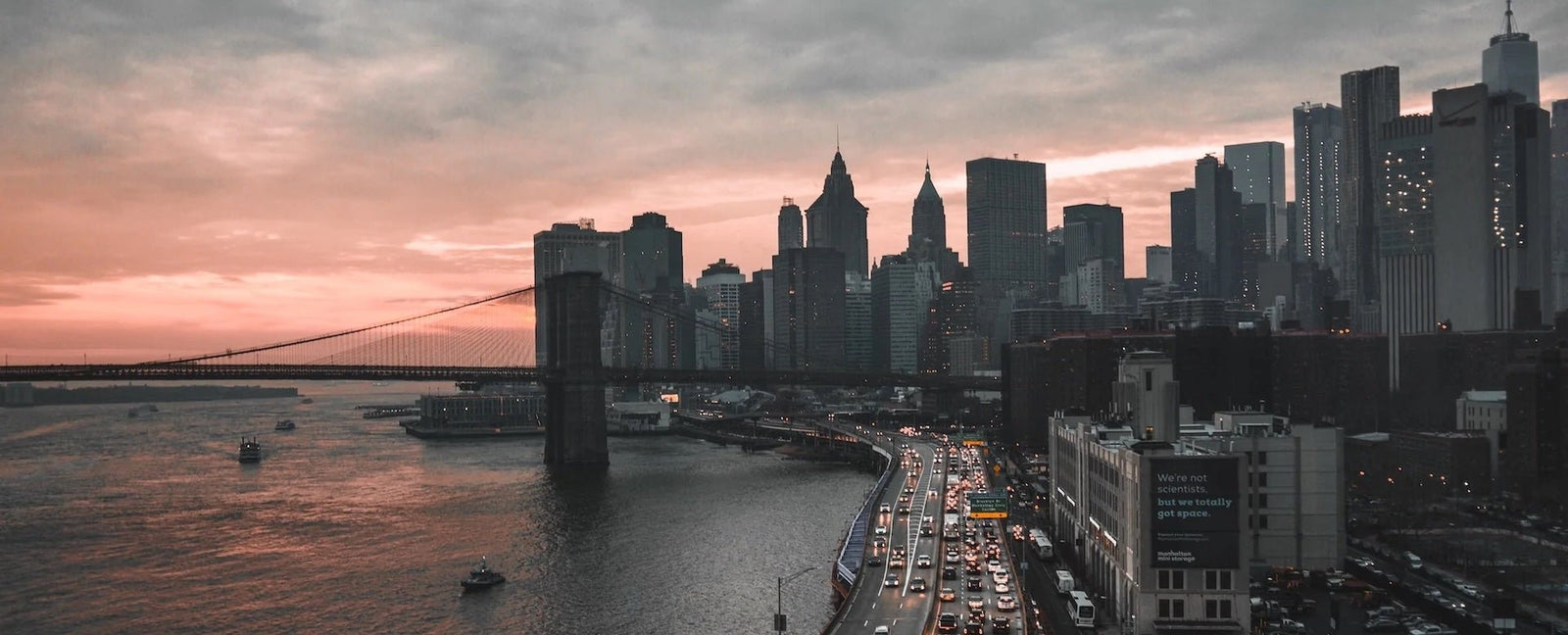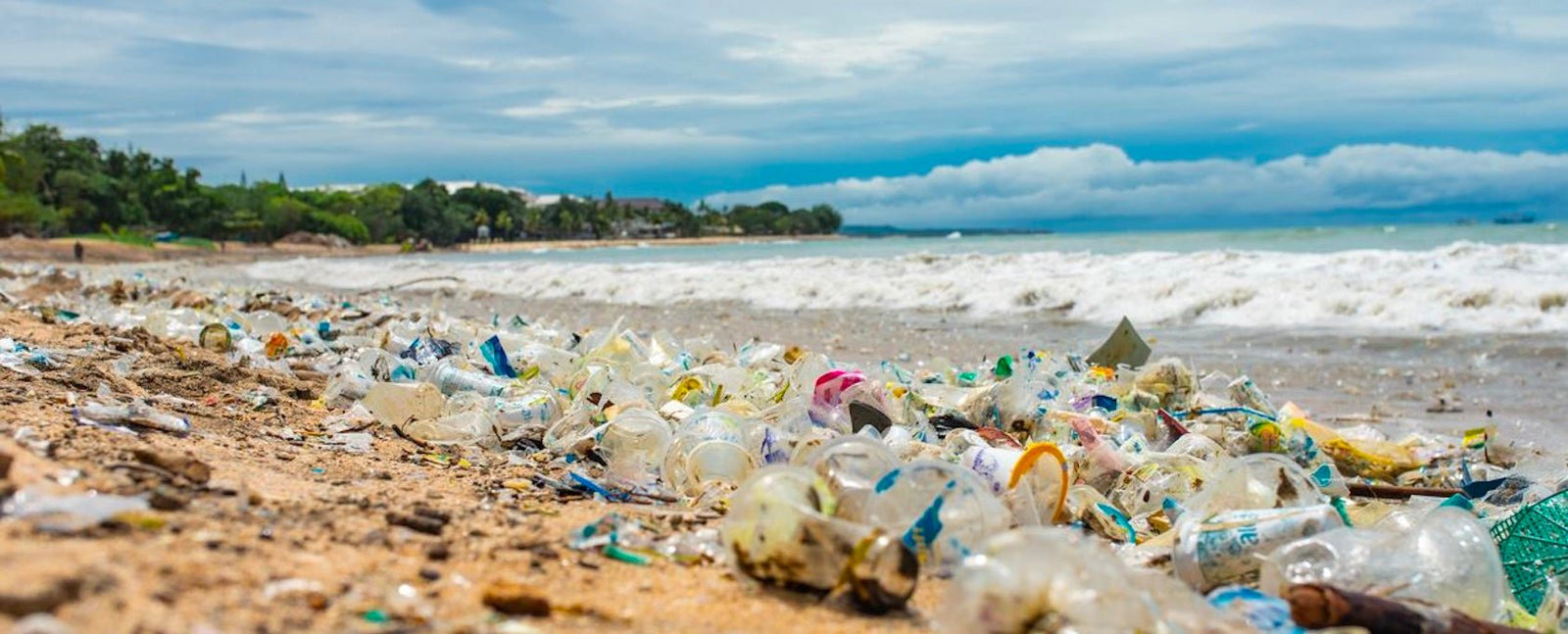
Clean Water Protection in the U.S.A.
by Sonya Mathews June 08, 2021 2 min read
In the USA, lakes, streams and wetlands were for a long time protected by the Clean Water Act of 1972. This law required that permits be issued prior to any filling, dredging or expelling pollutants in what are called "navigable waters." In 2020 this law was replaced by the Navigable Waters Protection Rule.
The enforcement of this law falls to the US Army Core of Engineers and the Environmental Protection Agency. However, there is an ongoing battle for clarity in regards to the application of this law to certain bodies of water, and the definition of "navigable".
Waterways are interconnected, and pollutants do not follow maps. "All freshwater ultimately depends on the continued healthy functioning of ecosystems, and recognizing the water cycle as a biophysical process is essential to achieving sustainable water management." (UN Water) Under the CWA, bodies of water were protected if they were adjacent to a protected waterway. This protected any connection: physical, chemical or biological. The NWPR reduced this protection to physical connections only: thus removing protection for subsurface and critical biological connections.
The NWPR legislation opens the door for legal polluting of small rivers, streams and wetlands. This allows much greater interpretation in which bodies of water are regulated, which will invariably result in the destruction of small water systems. The loss of wetlands and their associated ecosystems will mean that floods, water treatment, and erosion control will become much more costly. Wetlands "...can act as natural filters, helping to remove pollutants from the water. In fact they have the potential to remove up to 60% of metals, trap and retain up to 90% of sediment runoff and eliminate up to 90% of nitrogen." (WWT)
With climate change rapidly altering the face of the world's water systems, and an ever expanding population requiring greater quantities of potable water, caring for the entire ecosystem is of paramount importance.
All water bodies feed into water systems which then feed into municipal treatment facilities. Technological and manufacturing developements will continue to increase the amount and variety of contaminants that appear in water. Thus water treatment facilities will have to find new solutions or increase the strength of the current purification techniques.
No man is an island, and no body of water stands alone. Future-proofed laws based on ecology and hydrology are necessary to protect all water bodies and the entire water system, while critically accounting for climate change at every stage. What is happening in the USA under the new NWPR needs to be watched very carefully.
References:
U.S. Environmental Protection Agency (2015a), Connectivity of streams and wetlands to downstream waters: A review and synthesis of the scientific evidence, Rep. EPA/600/R-14/475F, Washington, D.C., cfpub.epa.gov/ncea/risk/recordisplay.cfm?deid=296414.
https://www.unwater.org/water-facts/ecosystems/
https://www.wwt.org.uk/our-work/threats-to-wetlands/
Walsh, R., and A. S. Ward (2019), Redefining clean water regulations reduces protections for wetlands and jurisdictional uncertainty, Front. Water, 1, 1, https://doi.org/10.3389/frwa.2019.00001.
Get more out of IF
Join our mailing list to learn more about our innovative technology, be the first in line to experience its benefits, and join a community of people who want better water and better health.



